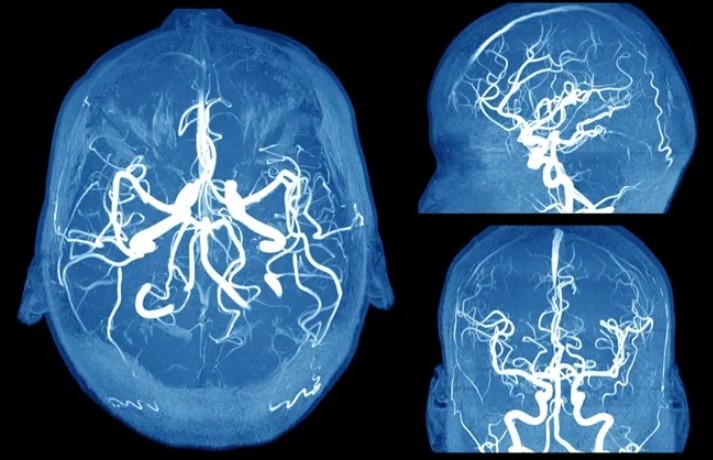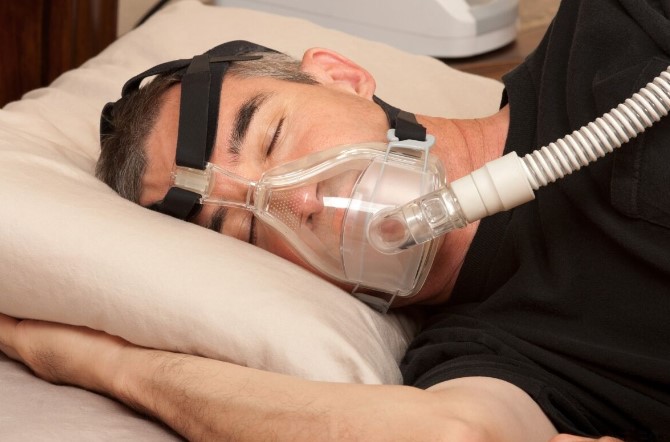Understanding Aneurysms: A Comprehensive Guide to Causes, Symptoms, and Treatment

Introduction to Aneurysms
Aneurysms are serious medical conditions characterized by the weakening of an artery wall, leading to a bulge or ballooning. They can occur in various parts of the body, including the brain, abdomen, and aorta. Understanding the causes, symptoms, and treatment options for aneurysms is crucial for timely intervention and effective management.
Types of Aneurysms
Brain Aneurysms
Brain aneurysms occur when a weakened area of a blood vessel in the brain fills with blood, forming a bulge. This condition is often asymptomatic until it ruptures, causing a potentially life-threatening situation known as a subarachnoid hemorrhage. Risk factors for brain aneurysms include high blood pressure, smoking, and family history.
Abdominal Aortic Aneurysms
Abdominal aortic aneurysms (AAA) develop in the lower part of the aorta, the major blood vessel that supplies blood to the body. Most AAAs do not cause symptoms and are often discovered incidentally during routine medical exams or imaging tests. Factors such as age, male gender, smoking, and atherosclerosis increase the risk of developing AAA.
Thoracic Aortic Aneurysms
Thoracic aortic aneurysms affect the part of the aorta that passes through the chest. They can be asymptomatic or cause symptoms such as chest or back pain, depending on their size and location. High blood pressure, genetic factors, and certain connective tissue disorders contribute to the development of thoracic aortic aneurysms.
Symptoms of Aneurysms
The symptoms of aneurysms vary depending on their location and size. Common symptoms include:
- Headaches or pain localized to the affected area
- Pulsating sensation in the abdomen or chest
- Vision changes or other neurological symptoms in the case of brain aneurysms
- Shortness of breath or difficulty swallowing in thoracic aortic aneurysms
It is essential to seek immediate medical attention if any of these symptoms occur, as an untreated aneurysm can lead to serious complications, including rupture and internal bleeding.
Diagnosis and Screening
Imaging Tests
Imaging tests such as CT scans, MRI, and ultrasound are commonly used to diagnose aneurysms. These tests help determine the size, location, and severity of the aneurysm, guiding treatment decisions.
Screening Guidelines
Screening guidelines recommend periodic imaging tests for individuals at higher risk of developing aneurysms, such as older adults with a history of smoking or a family history of aneurysms. Early detection through screening can significantly improve outcomes by allowing timely intervention before complications arise.
Treatment Options
Monitoring and Lifestyle Changes
For small, asymptomatic aneurysms, doctors may recommend monitoring with periodic imaging tests and lifestyle modifications such as blood pressure management and smoking cessation to reduce the risk of growth and rupture.
Surgical Intervention
Surgical treatment may be necessary for larger or symptomatic aneurysms to prevent rupture and manage symptoms effectively. Procedures include aneurysm clipping for brain aneurysms, endovascular repair using stent grafts for abdominal and thoracic aortic aneurysms, and open surgical repair in selected cases.
Medication
In some cases, medication may be prescribed to control blood pressure, reduce the risk of blood clot formation, or manage underlying conditions contributing to aneurysm development.
Prognosis and Recovery
The prognosis for individuals with aneurysms depends on various factors, including the size, location, and overall health of the patient. Timely diagnosis and appropriate treatment significantly improve outcomes and reduce the risk of complications.
Conclusion
Understanding aneurysms is essential for early detection, prompt treatment, and improved outcomes. Whether dealing with a brain, abdominal, or thoracic aortic aneurysm, awareness of risk factors, symptoms, and available treatment options is crucial for both patients and healthcare providers.






